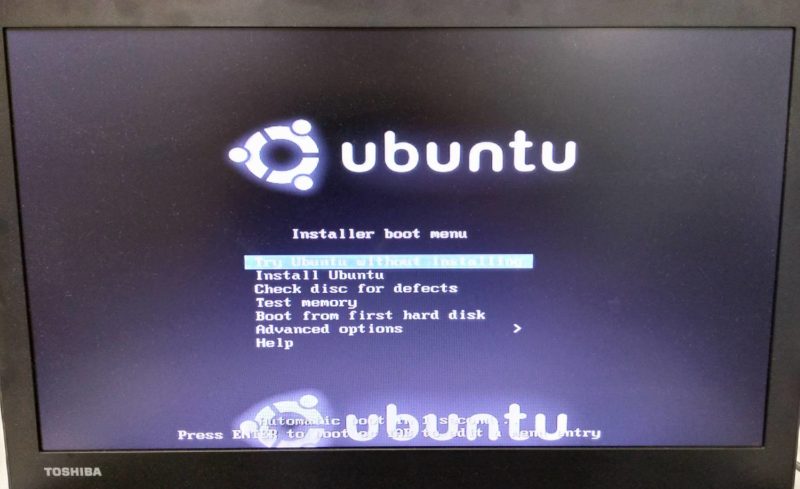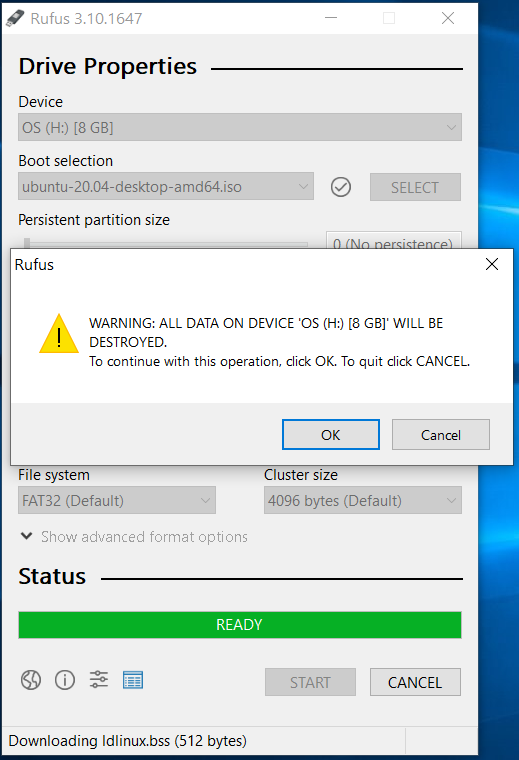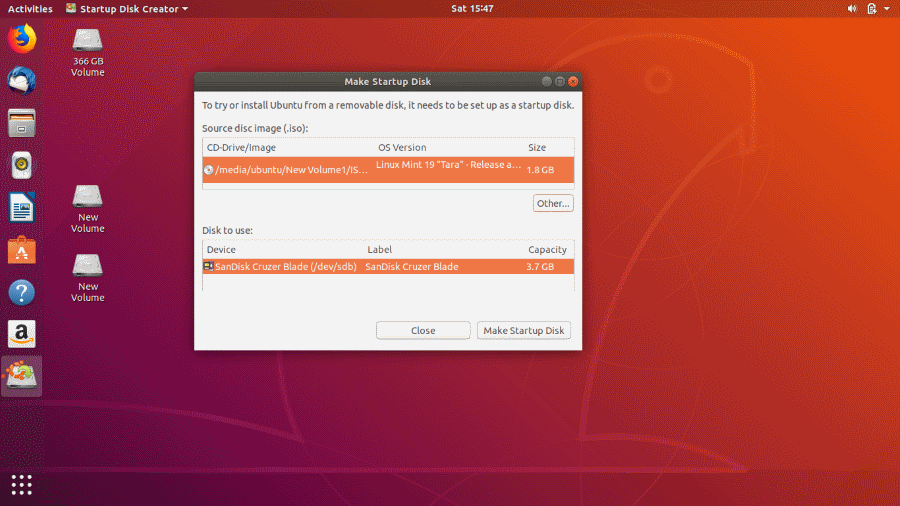

Even if you use USB 3, installing Linux will be multiple fold slower than normal Ubuntu installation.

USB 2.0 will be painfully slow for both installing and using Linux. I highly recommend using USB 3.0 for both live USB and the actual Linux USB.Use a USB of 4 GB for the live system and at least a 32 GB USB for the Linux USB.One for live USB and another one where Linux will be installed. Let me clear a few more doubts and add some suggestions:


The original ESP partition on the hard disk is untouched.Ĭlever trick, I know. This way, you fool the Ubuntu installer into thinking that there is no existing ESP partition and it will create and use a new ESP partition on the USB. Removing the disk is out of question here.Īn easier way out is to remove the ESP flag from the ESP partition before installing Linux on the USB and put it back after installation. If you have a desktop PC, you may remove the hard disk and that could solve the problem but things will be difficult when it is a laptop. The solution or workaround to the bootloader problem is that you do not let the installer know that there is already an ESP partition. While installing Linux, even if you choose the USB as the destination for bootloader, the existing ESP partition is still used for placing the EFI file for the new distribution. A system can only have one active ESP partition at a time and it causes issues. The one major problem with this setup is bootloader installation on UEFI systems. The available tutorials on the internet miss the most crucial part: the bootloader. The procedure does not seem very different from installing Ubuntu on actual hard disk. This means having a portable Ubuntu Linux on a USB that you can plug it in to any computer, use it, save your work on the USB like it was an actual hard disk. Not the regular live USB with persistence but the actual Ubuntu installed on a USB disk. Several of It’s FOSS readers requested a tutorial on installing Linux on a USB. Normally, any changes you made to your live distribution is lost and this limits the usage of the live USB. It is also used for installing Linux on computer hard disk. This USB will work as portable operating system and can be used on any computer system.Ī live USB is used for testing the distribution. Brief: This tutorial shows the steps for actually installing Ubuntu Linux on an external US drive with the bootloader installed on the USB.


 0 kommentar(er)
0 kommentar(er)
